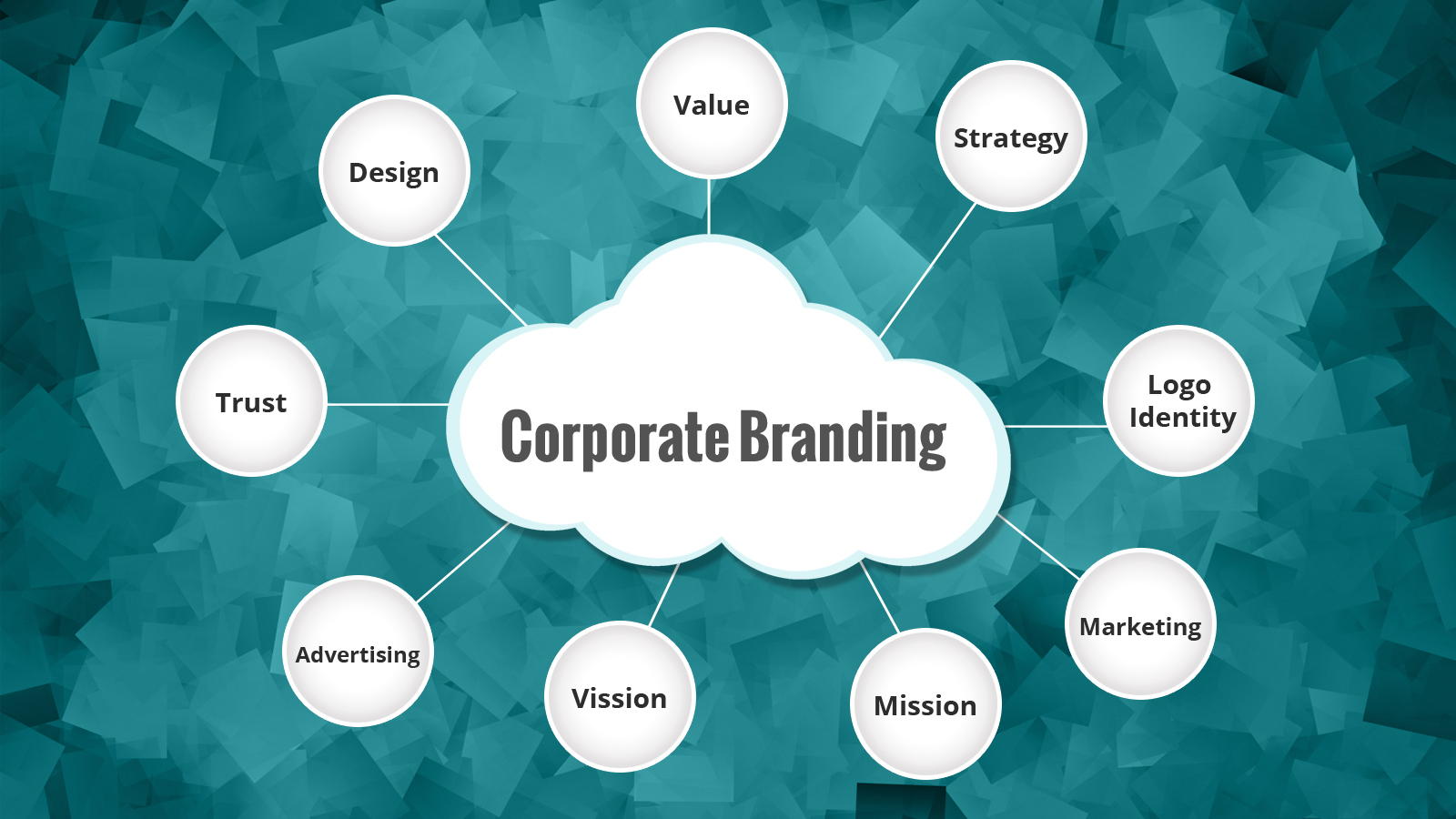 Just as your personal identity makes you unique, your corporate identity is what sets you apart from the rest. It is about the look and feel of a business and helps a customer distinguish a brand from the others. Corporate identity is the image that the brand’s customers, investors, general public and employees have about it. Corporate identity provides a bigger picture of all the visual and aesthetic aspects of a business to the audience. A corporate identity exercise involves modernizing a brand’s visual image in terms of logo, design and collaterals.
Just as your personal identity makes you unique, your corporate identity is what sets you apart from the rest. It is about the look and feel of a business and helps a customer distinguish a brand from the others. Corporate identity is the image that the brand’s customers, investors, general public and employees have about it. Corporate identity provides a bigger picture of all the visual and aesthetic aspects of a business to the audience. A corporate identity exercise involves modernizing a brand’s visual image in terms of logo, design and collaterals.
Corporate identity changes can be accompanied by the widespread changes in quality, service standards and organizational culture.
We now move to understand the difference between brand and branding, how these two are related to a corporate identity strategy.
What is a Brand?
A brand is what perceptions, ideas and feelings the consumers have about a company. For example, while there are many furniture brands out there, when it comes to stylish and affordable furniture, people immediately associate themselves with IKEA.
What Branding Means?
It involves the active process of shaping the perception that the consumers have about a brand. The process includes the steps taken to build awareness and reputation of a company which is very much the part of branding activities. Branding strategies require taking deliberate and consistent efforts in which the message, visuals and tone need to follow the goals an organization is trying to build up.
While branding relates to the emotional relationship between the customers and a company, corporate Identity relates to representation of how a corporation views itself and how it wishes to portray itself to the public which includes customers, employees, investors and collaborators. While brand name evokes the emotion of reliability and trust in a business, identity speaks of the product’s individual quality.
Corporate identity is considered a subset of branding because your logo, fonts and colors are all parts of the visual expression of your brand.
Basic design Principles
There are some designing principles that allow a web desgin company to create a design that is captivating and puts across the right message to the audience. Here are some of the basic design principles for designers to make their designing project stand out:
Emphasis
Have a clear idea of what you want to communicate in your work. Organize the information and make a design that communicates that order effectively. If brand logo or name is most important to you, display it in the strongest and boldest type.
Balance and Alignment
Every element of a design has a weight that comes from size, color and texture. It is important to achieve balance in the light and heavy elements of your composition. Symmetrical designs are always pleasing and provide balance with equally weighted elements placed on either side of line of symmetry.
Hierarchy
Make sure that you give extra weight visually to your key message. This is called hierarchy and can be achieved by using shapes to frame the focal point and conspicuously placing the right message at the right place.
Repetition
This helps tying the different elements together to keep them consistent and organized. Repetition is important for branding as it will make your specific look immediately recognizable.
Space
Space provides a resting place for the eyes and helps the viewer conveniently navigate through the design. Less amount of space will make the design look too crowded while too much of it will make your design appear unfinished.
Contrast
Contrast creates space and difference among various elements of a design. Background and other elements of the design should work harmoniously and enhance visualization and readability. So, make the background significantly different from the other element colors. Two strong fonts are effective in creating strong contrast.
Movement
Movement helps the eyes move from one element to the next with the information properly flowing and communicated. It provides a narrative to the design you create.
Proportion
This design principle helps the designers approach a work in sections, instead of as a whole. All elements of the design should be well-sized and thoughtfully placed. Once you figure out proper balance, alignment and contrast, proportion would be reflected organically.
Using the Principles of Design
The elements of a design are its aspects that collectively tell a story to the viewers. Before starting your work, you need to get yourself familiarized with the key design principles mentioned above. Then, you can play around these principle or even break a couple of them to create your own unique signature style of design.
Logo and Logo Design
Logo design is crucial for the corporate identity of a business. Logo is a unique icon that represents a company in the markets and helps convey the business message in visual form. This graphic element succinctly and quickly identifies a company among the crowd. A logo visually represents a company, product or service in a memorable way. Logo is an integral part of successful brand positioning, and should be strategically created keeping in mind the tone, visual appeal and positioning of the brand. A logo is the perception a person gets about the personality of a business on seeing it.
Simplicity and Clarity of Logo Design
The accomplished logo designer Lindon Laser once said that a great logo design is built up of simplicity and clarity. These two elements are crucial for the designing of a successful logo. A logo design should reflect the essence of the business. To bring out this essence, the logo designers make use of various tools and designing principles. While designing a logo, one should keep the positive attributes and goals of a business in mind.
Key elements of a logo design are:
- Custom typography
- Shape and style
- Font choice and color
- Calligraphy
- Illustration style, and
- Historical reference
All these elements help communicate a brand’s message to the audience in a subtle yet strong manner.
Logos are categorized as:
1. Standalone Symbols
Examples: Logos of Apple and McDonald’s
2. Logotypes or Wordmarks
Examples: Logos of Google and Coca Cola
3. Combination of Symbol and Type
Examples: Logos of AT&T and Master Card
However, identity creation is an ongoing process and if a particular logo fails to bond with the customers then you should ponder over the complete revamping or change of the logo altogether.
Design and Art
Design differs from art in that it has to have a purpose. Keeping the above design principles in focus, a designer can create an effective composition that cleanly delivers the intended message to the audience.
Letter Head
It may be a paperless world but letterhead is invariably needed by a business. Even the digital documents have letter head. A letterhead is as important as a brand, in that it represents a company and can impart a first impression to its potential customers. Therefore, a letterhead must look professional, otherwise people might assume the business is less competent and not one they want to have any dealings with. You need to choose a theme appropriate to your business and it should be designed to your specifications. The letterhead needs to be infused with your brand’s personality. A letterhead helps build a business’s identity by delivering distinct messages that make an impression.
The Final Thought
Corporate identity is the face of a business that makes it stand apart among the crowd. Following these corporate identity rules, and branding and designing principles, businesses can carve a niche for themselves in the markets. Corporate identity is crucial for online visibility and success of a business, that’s why successful businesses always invest time and resources in maintaining their online corporate identity and reputation.
Contact Flexsin for your corporate identity solutions and our experts will work to bring out the best for you by creating a corporate identity that reflects your true business ethos and values.


 Deepak
Deepak

